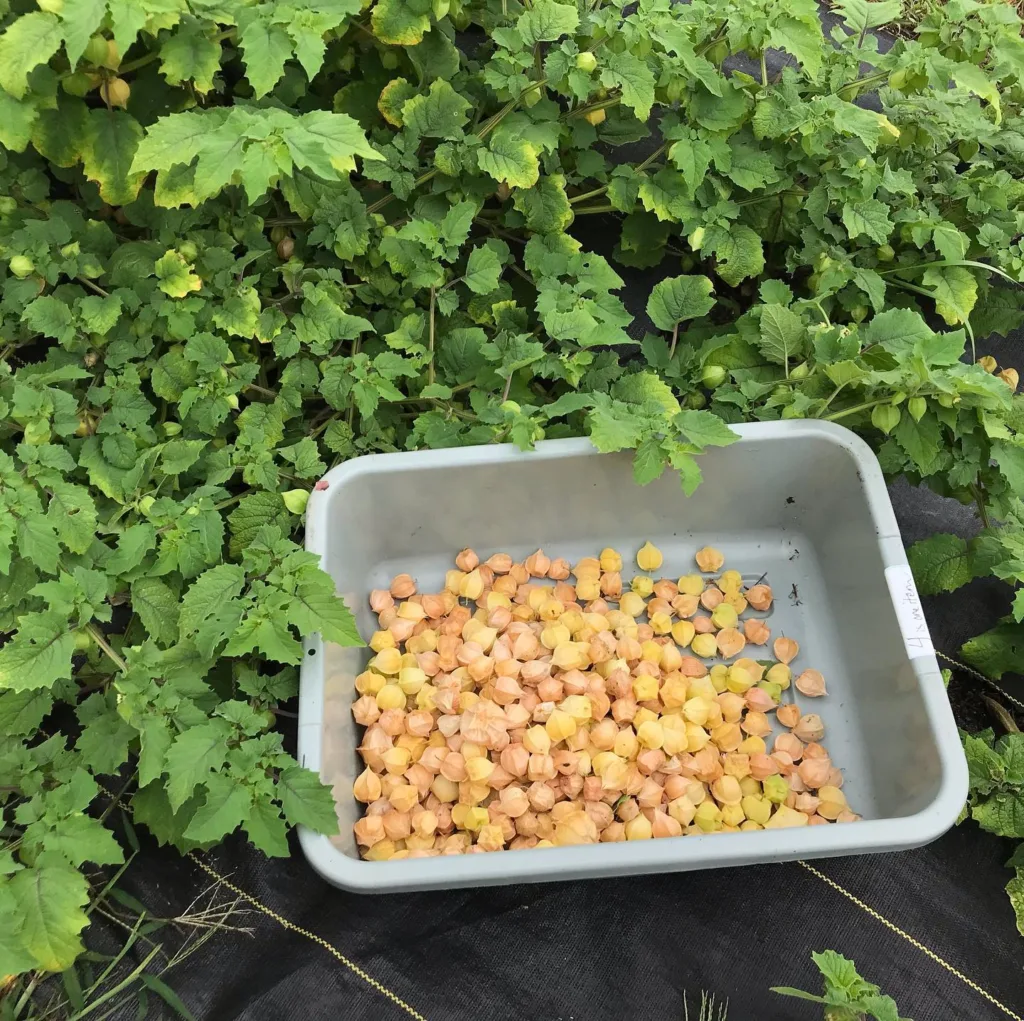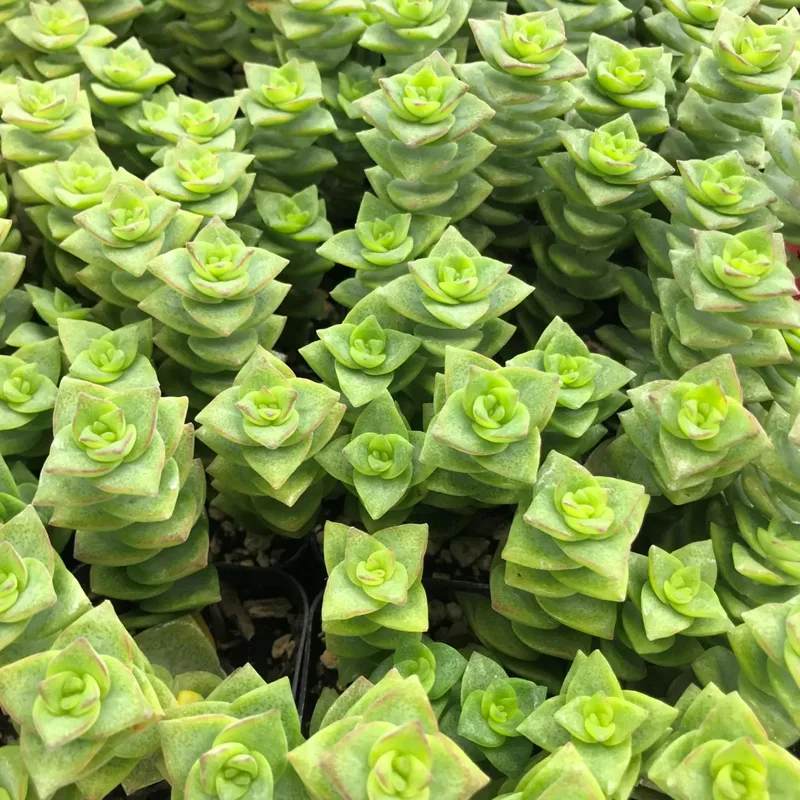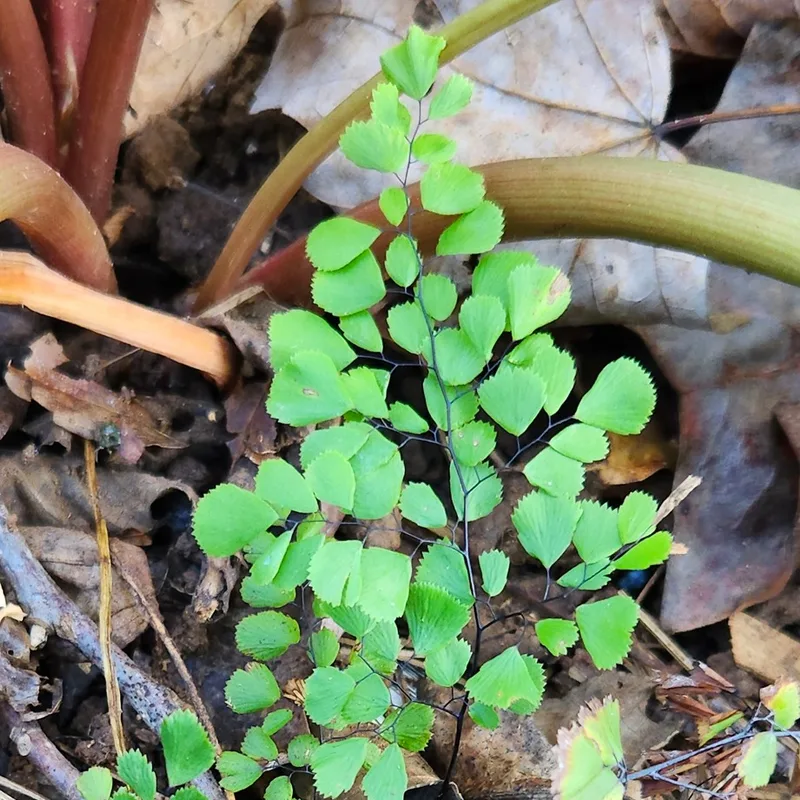Hosta Ann Kulpa: A Gardener’s Guide
I’m Ferb Vu, and I’ve been fascinated by hostas for years. Their vibrant foliage adds a touch of elegance to any shady corner. Among my favorites is the Hosta Ann Kulpa, a stunning variety prized for its dramatic good looks.
Today, I’ll answer some of the most common questions about this shade-loving perennial and share some insights to help you cultivate a thriving Hosta Ann Kulpa in your garden.
31 Species in Genus Hosta
What Makes Hosta Ann Kulpa Special?
Unlike its more subdued cousins, Hosta Ann Kulpa boasts a captivating contrast. Its heart-shaped leaves are clad in a rich, dark green margin. This drama unfolds further as the center emerges a creamy gold, maturing to a crisp ivory white. The result? A mesmerizing interplay of light and color that brightens any shady nook.
But the visual appeal isn’t all. Hosta Ann Kulpa forms a handsome, medium-sized mound, reaching 18-22 inches in height and spreading up to 26 inches at maturity. Its corrugated, heart-shaped leaves lend a touch of texture, while the pale lavender bell-shaped flowers, blooming in late spring, add a delicate touch.
Where can I plant Hosta Ann Kulpa?
This shade-loving beauty thrives in locations with dappled or filtered sunlight. Morning sun is acceptable, even beneficial, as it intensifies leaf colors. However, harsh afternoon sun is detrimental and can scorch the leaves. Hosta Ann Kulpa flourishes in shady woodland settings, making it an ideal specimen or edging plant.
What kind of soil does Hosta Ann Kulpa prefer?
Moist, well-drained soil is key. Hosta Ann Kulpa will tolerate average garden soil and can withstand some drought conditions. However, for optimal growth and vibrant foliage, provide ample moisture and organic matter. Interestingly, this variety is known to be tolerant of clay soil, a quality not shared by all hostas.
How do I care for Hosta Ann Mulpa?
Here’s the good news: Hosta Ann Kulpa is a relatively low-maintenance plant. Consistent watering, especially during hot spells, is crucial. Mulching with a layer of finely shredded organic material helps retain moisture, suppress weeds, and regulate soil temperature. However, be mindful of slugs, which find mulch a cozy haven. Keep an eye out for telltale holes in the leaves and take appropriate measures if necessary.
Does Hosta Ann Kulpa have any pests or diseases?
While generally pest and disease resistant, hostas are susceptible to slug damage. Regularly inspect your plants, and if you find these slimy invaders, employ organic control methods like handpicking or beer traps.
How does Hosta Ann Kulpa compare to Hosta France?
Both Hosta Ann Kulpa and Hosta France are stunning shade-lovers with contrasting foliage. However, some key differences exist. Hosta France boasts a wider creamy-white margin with a narrower green edge, creating a more prominent white center. It also matures to a larger size, reaching up to 30 inches in height.
What about Hosta Guacamole?
Hosta Guacamole stands out for its unique, deeply-veined, dark green leaves with a puckered texture. Unlike Hosta Ann Kulpa’s creamy-white center, Hosta Guacamole features a chartreuse green heart that matures to a lighter shade. In terms of size, Hosta Guacamole is a smaller variety, reaching only about 12 inches in height.
Conclusion: Hosta Ann Kulpa – A Jewel for Your Shade Garden
Hosta Ann Kulpa is a captivating addition to any shady space. Its striking foliage, charming flowers, and manageable size make it a popular choice for gardeners. With a little TLC, this shade-loving beauty will reward you with years of visual delight. So, if you’re looking for a plant that adds drama and elegance to your shady haven, consider welcoming Hosta Ann Kulpa into your garden.
If i die, water my plants!



